Quick Navigation
Introduction
Understanding dashboard warning lights in a Mitsubishi Fuso vehicle is essential for maintaining safety on the road, as these indicators alert drivers to potential issues that could lead to accidents or breakdowns. By recognizing what each light means, owners can take prompt action to prevent minor problems from escalating into major repairs, ensuring the truck operates reliably. This knowledge also supports regular maintenance, helping to extend the vehicle’s lifespan and avoid costly downtime.

Red Warning Lights (Stop Immediately)
Engine Temperature
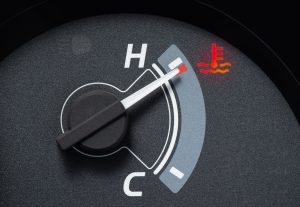
This light signals that the engine coolant is too hot, often due to low fluid or a cooling system fault. Pull over safely, turn off the engine, and check coolant levels before seeking professional help to avoid engine damage.
Oil Pressure
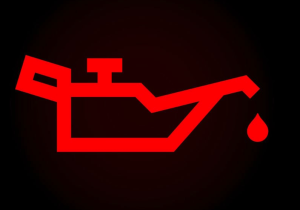
Low oil pressure can cause engine overheating or failure from insufficient lubrication. Stop the vehicle immediately, inspect the oil level, and do not drive until the issue is fixed by a mechanic.
Brake System
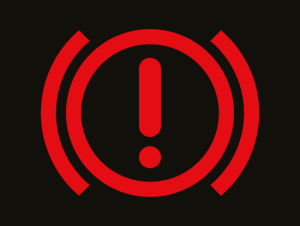
Indicates low brake fluid or a hydraulic issue that could lead to brake failure. Park the truck right away and contact a service center for inspection and repair.
Battery Charging
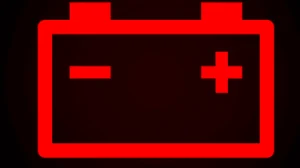
The battery is not charging properly, possibly from alternator problems. Stop driving, check connections, and get it serviced to prevent stranding.
Airbag Malfunction

Shows a fault in the airbag system that might prevent deployment in a crash. Stop and visit a dealer for diagnostics and fixes.
Seat Belt Reminder
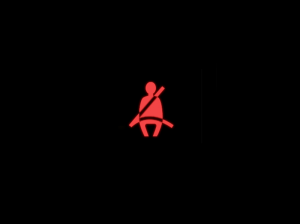
Alerts that a seat belt is not fastened, risking injury in an accident. Buckle up immediately before continuing to drive.
Transmission Temperature
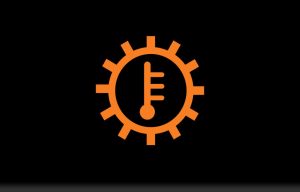
The transmission is overheating, which could cause damage. Pull over, let it cool, and have it checked at a service center.
Power Steering
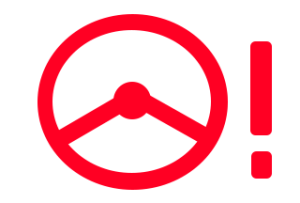
Signals a problem with the steering system, making control difficult. Stop safely and arrange for towing to a mechanic.
Engine System
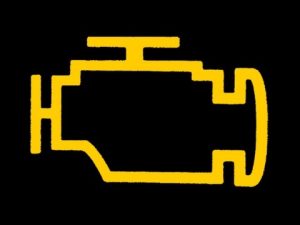
Indicates a serious engine fault leading to power loss. Cease operation and get professional diagnosis right away.
Clutch Disc

Worn clutch disc in manual models that could fail. Stop the truck and have it inspected by a specialist.
Disc Brake

Points to issues like worn pads or low fluid in the brake discs. Park immediately and seek repair.
Water in Fuel Filter
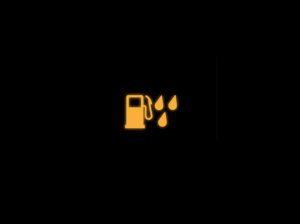
Water has entered the fuel system, risking engine damage. Drain the filter and consult a mechanic promptly.
Service Electric Parking
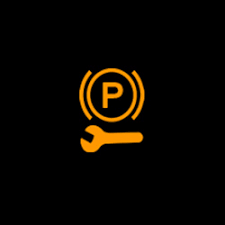
Fault in the electric parking brake system. Stop and get emergency service to resolve.
Hood Open
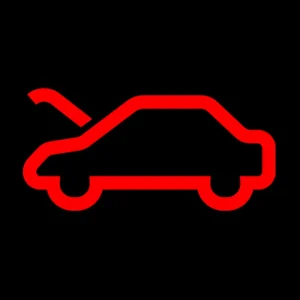
The hood is not securely closed, posing a safety risk. Stop and secure it before driving.
Yellow/Amber Warning Lights (Action Required Soon)
ABS
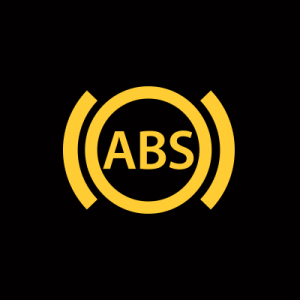
Anti-lock brake system malfunction, reducing braking effectiveness in emergencies. Drive carefully and visit a service center soon.
Tire Pressure

One or more tires have low pressure, affecting handling and safety. Inflate tires to proper levels and monitor.
DPF
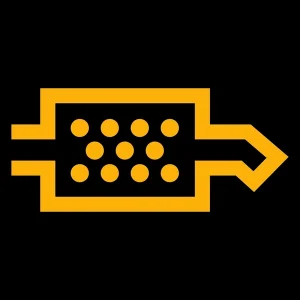
Diesel particulate filter is clogged, needing regeneration or cleaning. Drive at highway speeds or seek service.
ESP
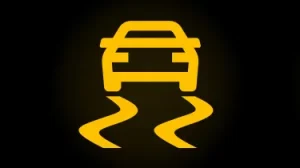
Electronic stability program fault, impacting vehicle control on slippery roads. Get it inspected soon.
Glow Plug

Diesel engine pre-heating system issue, making cold starts hard. Have plugs checked and replaced if needed.
Low Fuel
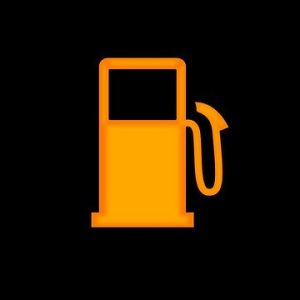
Fuel level is critically low, risking running out. Refuel at the nearest station.
Door Ajar

A door is not fully closed, which could open while driving. Pull over and secure all doors.
Low Washer Fluid

Windshield washer fluid is low, impairing visibility. Refill the reservoir as soon as possible.
Service Reminder
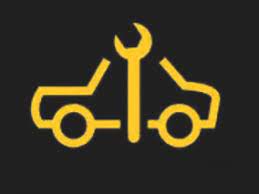
Time for routine maintenance like oil change. Book a service appointment promptly.
Electronic Throttle Control
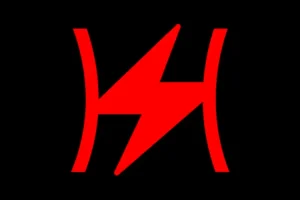
Throttle system fault affecting acceleration. Drive cautiously and get it repaired.
Swing Gate Reminder
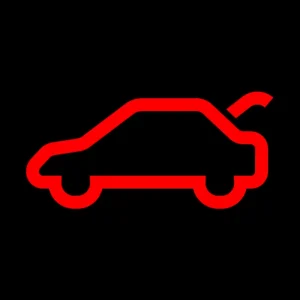
Rear gate or tailgate is open. Stop and close it securely.
All Wheel Drive
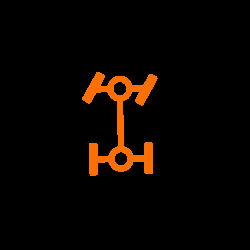
Issue with the AWD system, reducing traction. Have it serviced soon.
Loose Fuel Cap
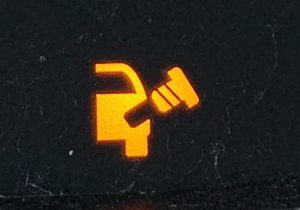
Fuel cap is not tight, causing evaporation or check engine light. Tighten it and reset if needed.
Security
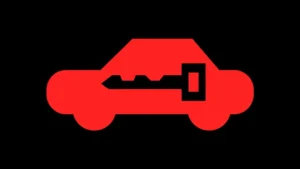
Vehicle security system is active or faulty. Check locks and consult a manual or dealer.
Green Lights (Information Only)
Eco Mode
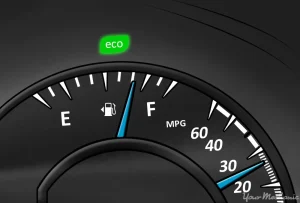
Indicates eco-friendly driving mode is engaged to save fuel. No action needed; it optimizes efficiency.
Headlights On

Shows that headlights are active for better visibility. Turn off when not required to save battery.
Cruise Control
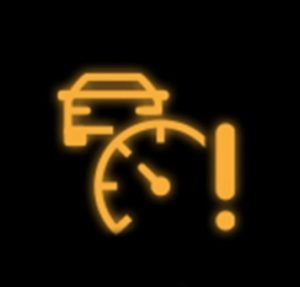
Cruise control system is set and maintaining speed. Adjust as needed via controls.
Turn Signals
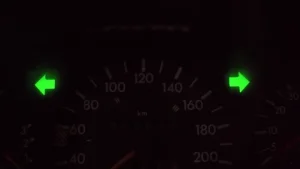
Blinking to show direction of turn. Ensure they turn off after maneuvering.
High Beam

High beam headlights are on for long-distance visibility. Dim for oncoming traffic.
Fog Lights

Front or rear fog lights are activated in low visibility. Switch off in clear conditions.
4WD Engaged

Four-wheel drive mode is active for better traction. Disengage on dry roads.
Hazard Lights

Emergency flashers are active to warn others. Turn on in breakdowns.
Seat Heater
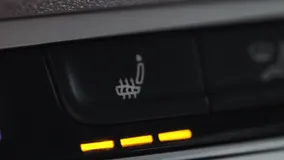
Seat heating function is operating. Adjust temperature for comfort.
Defrost

Windshield or rear defroster is on to clear ice or fog. Turn off once clear.
Lane Departure
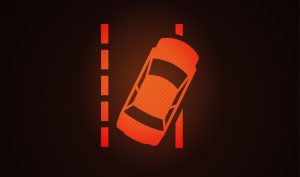
System is monitoring lanes and active. No action; it assists with staying in lane.
Parking Brake
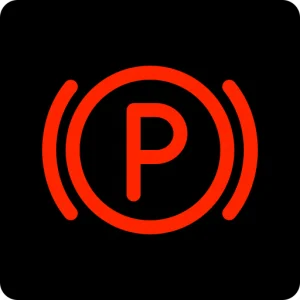
Indicates the parking brake is engaged. Release before driving.
Low Beam
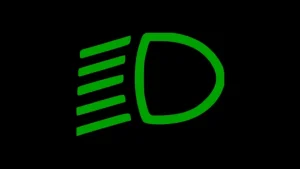
Low beam headlights are in use. Standard for normal night driving.
Idle Stop
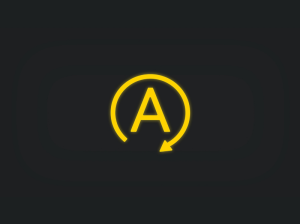
Engine auto-stop feature is active to save fuel at stops. Restarts automatically.
When looking at Mitsubishi, make sure to check out our guides on models like the Mitsubishi Canter, Mitsubishi ASX, Mitsubishi Mirage, and Mitsubishi Outlander. Understanding dashboard warning lights is essential. Our expert reviews break down what each light means, highlighting common alerts for these models and what they could signal about underlying issues, so you’re never left guessing behind the wheel.

